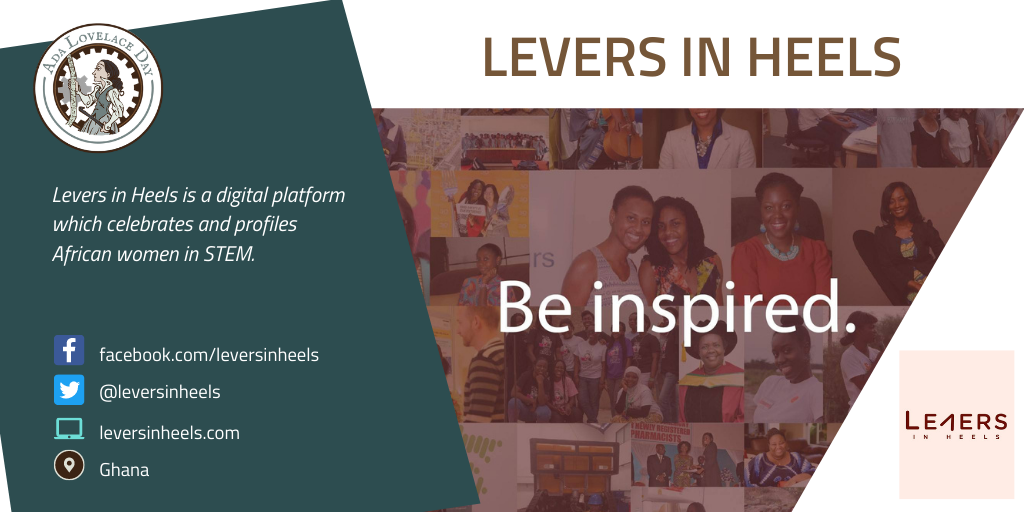Do you want to want to make a video for our Why STEM? project? Here are a few tips and tricks to help you make the best video you can!
Tech you’ll need
You can use either your phone, a DSLR camera, or your computer to record any video you’d like to use.
Phone
Most phones have good cameras, front and back, and mics, so make a good default device for recording. You’ll need to find a way to prop up your phone at eye level, and make sure that you’re close enough for the sound to be clear. Audio quality is very important, so make sure there’s no background noise. Make sure you video in landscape, not in portrait, so that your final video more closely matches how people will watch you video. Position your camera so that your head and shoulders take up as much of the screen as possible, with no ‘free air’ above your head. Remember to look at the phone camera, not at your own face!
DSLR Camera
DSLR cameras will produce better video, but make sure that the sound quality is also good.
Computers
Built-in laptop cameras can be very variable, and the on-board mic can often pick up fan noise from the laptop, so don’t use your laptop unless you have an HD camera and a good external mic. Be wary of laptops with cameras at the bottom of the screen, as it’s very hard to get a good camera angle with them.
Microphone (USB or Bluetooth)
Please use a good mic to record audio for both videos and any voice-overs. (See below for audio quality advice).
A stand or stack of books
Don’t try to hold your phone or tablet whilst you film yourself, as you’ll introduce wobble that is unpleasant to watch. If you don’t have a suitable stand, then make yourself a stack of books that positions your devices at the right height.
Use chunks
What are the key points you want to get across? Split your content into chunks, think about what the core point of each chunk is, and how best to communicate that to your audience.
Have a hook
Make sure that you’ve got at least one strong hook and that you make it within the first 60 seconds of your talk so that people know exactly why they are watching. More hooks throughout the video will also help to recapture your audience’s attention. Think examples, analogies, imagery, objects, demonstrations, anecdotes, personal opinions, stories etc.
Create a structure
Even a short, five minute video takes people on a journey, and leaves them knowing something or understanding something at the end that is new to them. Think about what messages you want people to walk away with and build to that. People generally remember the first and last thing they hear, so think carefully about how you begin and end your video.
Think about transitions
When you’re putting your video together, think about how you transition from one section to the next, both in terms of audio/video and thematically. Don’t jump from section to section, think about how you’re going to segue from one point to the next.
Careful of your audio
People will put up with sub-par visuals but they won’t tolerate bad audio. Make sure you use a mic, that it’s always the same distance away from your mouth, that you don’t have any pop, hiss or hum, and that you’re recording in a space which doesn’t have annoying background noises or echoes.
Audio is extremely important, so test your mic, settings and environment before you begin recording. There’s nothing worse than doing a perfect take, only to discover that there was awful background noise that you weren’t aware of.
What’s behind you?
If you’re doing a piece to camera, do a test run and then scrutinise your background. Your background will influence your audience as much as your own visual appearance so carefully choose the right background which complements your subject matter and personality. Make sure there’s nothing off-putting or embarrassing behind you, nothing sprouting out of your head or your ear, or that you are covering up parts of words in background text (such as book on a bookshelf) which then make another more embarrassing word, and that it’s not cluttered or messy. You don’t need to have a plain wall behind you – there’s a reason so many video interviews on the news feature tidy bookcases – but make sure you know exactly what your audience is going to see.
Lights, camera, action
Make sure that you are lit well, from the side with mostly reflected light, and that you are not casting too much shadow over any of your facial features. Don’t shine a light on your face, or use depend on the light from your ceiling light fitting, as that will cast harsh shadows. You need diffuse light that softens shadows.
Your camera should be at or just slightly above your eyeline, so that you are looking straight into it, or slightly up to it. Look into the camera as if you are looking at the audience, don’t stare down at notes, or look only at your slides if you are doing a voiceover. Your viewers want to think you’re looking at them, so look right down the barrel of the camera.
You may look away from the camera deliberately to read notes (such as reading out a quote, or ensuring you get a fact right), or speaking to someone else. But only if these things are also in shot so that your audience knows what it is you are looking at. The only other time to look away would be to think or give the impression of thinking which can enhance the impression of spontaneity in your speech, making you appear more relaxed and conversational.
When you are doing a piece to camera, frame your face so that the top of your head is right at the top of the screen. Don’t be too close to the camera, you don’t want your nose to be taking up the entire screen!
Whether you sit or stand is down to personal preference, and whether you film just a head shot or from the waist up will depend on whether you can position your mic close enough to capture your speech.
You may also consider using shots where the camera focuses on your hands when demonstrating or illustrating a point, using more than one camera so that you can switch between front and profile view as if in interview, or travelling shots walking and talking (although this needs to be done carefully to avoid excessive camera shake).
Performance top tips
It’s not just what you say, the way you say it is equally important so pay attention to your performance. Everything is connected, your posture, face, hands and voice, so ensure that you use all of them to express yourself most effectively.
Avoid the monotony trap by focusing on the effect that your words are having on your audience. Remember that this is the first time your audience has heard your words, no matter how many times you have said them. Actors do this by identifying the objective that they want to achieve through every line they speak, movement they make and response that they show to other actors’ words and actions.
You can do this by identifying how you want your audience to feel or think as a result of hearing each chunk of your speech, and keeping this in mind as your goal when performing. Some of the best speakers annotate their scripts with emotive symbols. You can speak quite quickly on video and this helps to convey an impression of enthusiasm. But you must pause between spoken chunks of information to allow your audience to digest what you are saying. The power of the pause is dramatic and can completely change the way your words are heard, eg. signalling the importance of information, or building anticipation.
Rehearse, rehearse, rehearse. Even spontaneity can be rehearsed and some of the most seemingly spontaneous speakers rehearse more times than most people realise, Steve Jobs included!
Watch your final video
Watch your video back, not just to make sure you’re happy with what you’re saying, but also to check for audio problems such as extraneous noise or drops in volume and video problems such as camera shake or poor framing (remember, your head and shoulders should take up as much of the frame as possible, with ‘no free’ are above your head).


